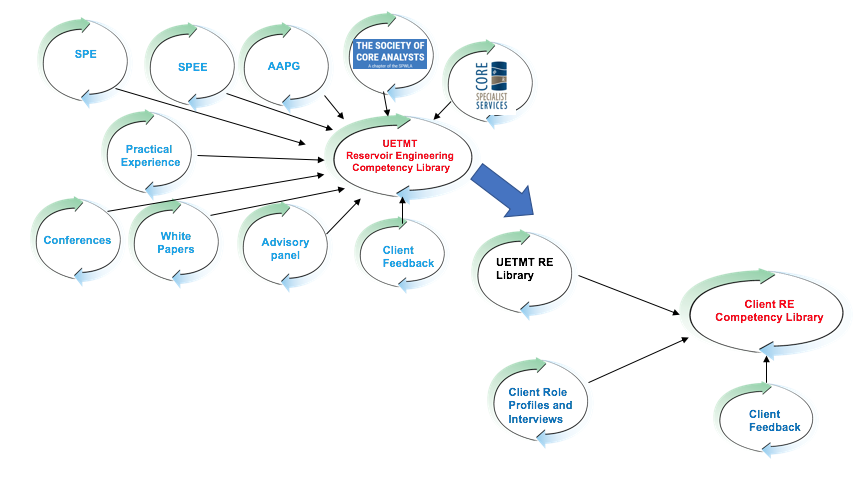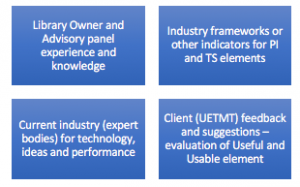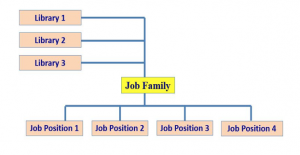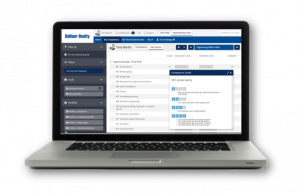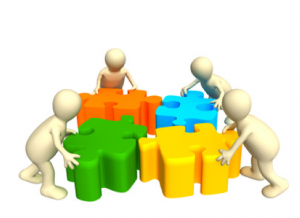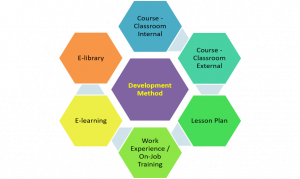The pillar of the 4 Pillars of Competency that is frequently ignored is actually one of the most important from the point of view of:
- Content
- Implementation
- Effectiveness and Return on Investment
- Sustainability
Having the right People and Processes ensures a success, from making the initial decisions to the buy-in from employees and managers, to the on-going use and value of competency-based development.
Our experience in recognizing and avoiding or mitigating the various challenges helps clients put in place something that actually works and adds values.
We can help you with:
- Analysis of readiness for implementation competency-based development
- Analysis of existing HR and Learning & Development structures and processes
- Reviewing existing CMS content or software to suggest enhancements
- Implementing any or all of the 4 Pillars of Competency
A CMS is listed as one of our 4 Pillars of Competency. The CMS is essential to manage the content and process for effective and sustainable Competency Development.
Why do such systems fail? Common reasons include:
- Wrong system chosen, it did not do what we needed
- The champion left, so it lost impetus
- We failed to implement it properly, no-one really bought into it
- We were not ‘change ready’
- Senior management did not like the results, so we had to shut it down
We work with clients to ensure they have this competency pillar in place. Some have no existing system, some use ERP systems such as SAP, others want to make existing systems more effective.
UETMT uses the Comaea (Competency Made Easy) CMS as its preferred system, as this is a proven system that interfaces with other IT systems, such as ERP (SAP, Oracle, etc.) and Learning Management Systems.


